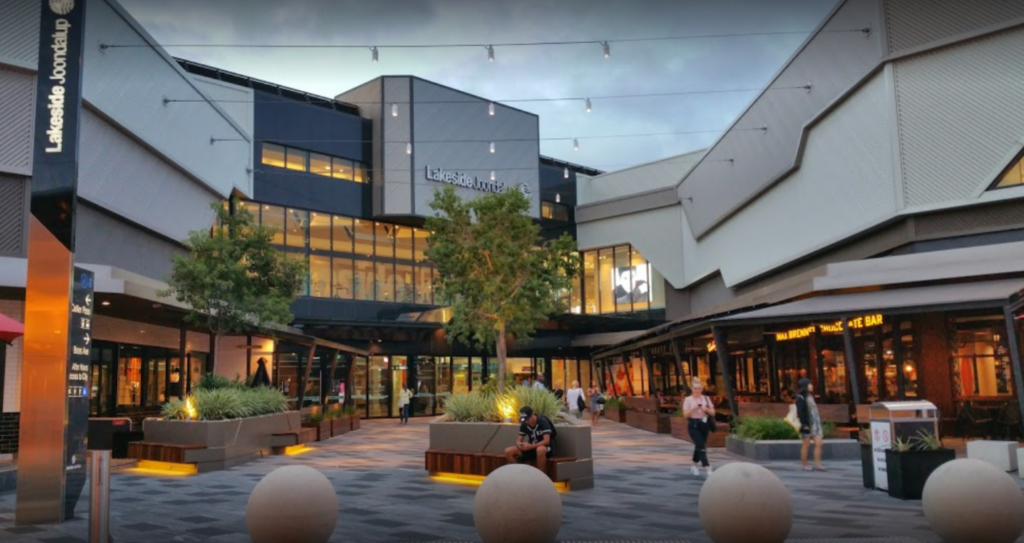
Minimising occupancy costs before you get to negotiations is crucial. Here retail expert and CEO of the Retail Doctor Group, Brian Walker, pinpoints 15 telling questions that will help…
One of the common characteristics of shops with high occupancy costs is that they often do not have a clear position or point of difference within the centre they plan to operate within.
Having the right offer in the right environment is at the heart of driving down occupancy costs.
Just as you have researched the centre’s performance, the next step is to utilise this information to examine your own internal business plan.
15 clues to minimising occupancy costs
There are certain questions to ask yourself in the self-diagnosis stage of the research process, including:
- Does your business target or match the same customer profile as the centre?
- What is your business’s core competency? What do you do well?
- What is your point of difference? What will draw customers to your business?
- Can you communicate your point of difference strongly in your windows and merchandise assortment?
- Is your store design captivating and inviting to customers?
- Have you provided a compelling reason for potential customers to shop with your business rather than your competitors?
- Do you understand your competitors within my centre and their point of difference?
- Have you completed a 12-month promotional implementation plan and discussed this with the centre’s marketing manager?
- Have you employed the right staff who can sell your product and provide consistently high customer service? A strong sales focus within the business culture is fundamental to driving occupancy costs down.
- Have you got the right measurements in place to assess sales and service levels? For example, is customer conversion a key KPI within the business?
- Is there a merchandise buying plan with realistic margin, stock turn, profile and sell-through targets?
- Have you completed an accurate sales and profitability forecast (including best, worst and most likely cases)?
- Have you completed accurate cash flows?
- Have you undertaken an independent assessment of both your business model and its “fit” within the centre profile?
- Do you have a business plan that draws all these elements together into a coherent document that can be communicated to the centre manager and or centre leasing manager?

